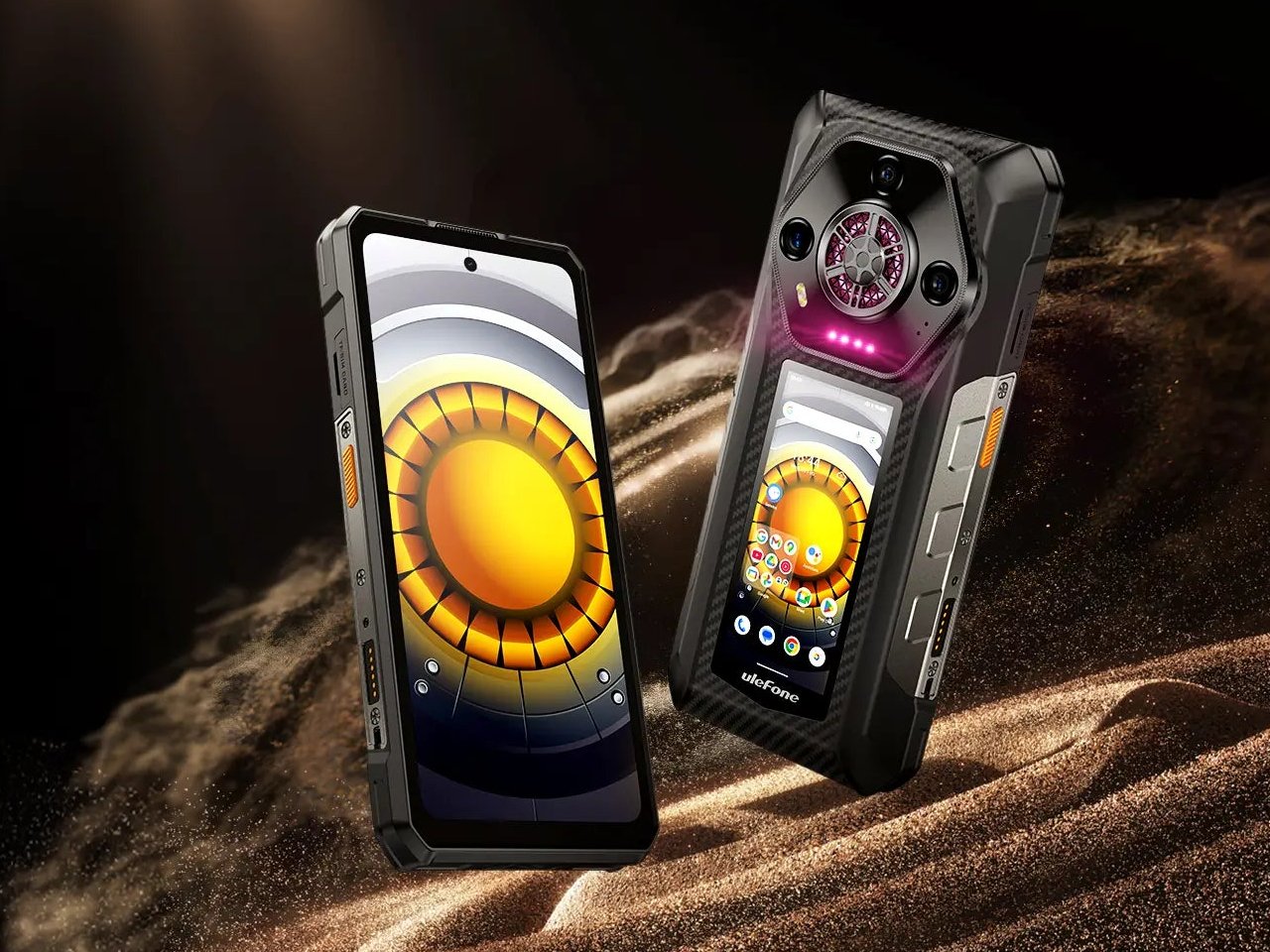Rugged Smartphones Evolve: Ulefone Armor 30 Pro Blends Features with Durability

In recent years, rugged smartphones have carved out a niche in the mobile market, known primarily for their durability and reliability. Traditionally, these devices have been the go-to choice for individuals who work in demanding environments, such as construction sites or outdoor adventures, where a standard smartphone might not survive. However, as more mainstream smartphones are now designed to withstand accidents and adverse conditions, the unique appeal of rugged models has diminished. This trend is leading to a fascinating evolution in the rugged smartphone segment, where manufacturers are increasingly merging practicality with novelty.
The Ulefone Armor 30 Pro, the latest offering from the company known for its robust devices, exemplifies this shift. While it retains the rugged build quality expected from such phones, it also introduces an array of unconventional features that may not be directly linked to its original purpose. Among these additions are elements that would typically be found in other types of smartphones, including a built-in projector and detachable wireless earbuds, leading some to question if these innovations enhance the device or unnecessarily complicate it.
One of the standout features of the Armor 30 Pro is its secondary display—a 3.4-inch screen located on the back of the phone, boasting a resolution of 960×412. This display, protected by Gorilla Glass, allows users to engage the more powerful rear cameras for selfies, live streaming, and video calls. However, a notable limitation is that only one screen can be active at a time, even when mirroring the main display. This design choice raises eyebrows, particularly given that smartphones are generally designed to be as streamlined as possible. The idea of adding a potentially vulnerable component to the back of a rugged device is unexpected, as users typically expect such models to minimize the risk of damage.
In addition to its dual-display functionality, the Ulefone Armor 30 Pro features a powerful 4W, 118dB loudspeaker, intriguingly positioned within a hexagonal camera bump. This addition seems to cater more to entertainment needs—allowing users to enjoy music or videos—rather than fulfilling the traditional, no-frills utility that rugged smartphones have historically provided. It appears that Ulefone is trying to broaden the appeal of rugged devices, targeting a consumer base that desires both functionality and entertainment.
The Armor 30 Pro is equipped with an impressive triple camera system, which includes a 50MP main camera, an ultra-wide camera, and a unique 64MP “Night Vision” camera complemented by four infrared LED blasters. This array of photography features is particularly appealing for adventurous users who may want to capture high-quality images in a variety of conditions. Furthermore, the smartphone houses a substantial 12,800mAh battery, which compensates for the device's bulk and allows it to function as a slow 10W power bank, enabling users to charge other devices in a pinch.
Additional features such as a dedicated camera shutter button and pogo pin contacts for attaching specialized Ulefone accessories like endoscopes and microscopes further illustrate the device's versatility. With a retail price of just $379.99, considering the array of features and decent mid-range hardware, the Armor 30 Pro appears to be a remarkable value. However, potential buyers should weigh this against the fact that its size may not be conducive to pocket storage, as it is bulkier than standard smartphones.
This expansion of the rugged smartphone market reflects a broader trend within the mobile industry, where manufacturers are experimenting with various features and functionalities. The Ulefone Armor 30 Pro stands out as an intriguing example of this ongoing transformation, blending traditional toughness with modern conveniences. As consumers continue to seek devices that cater to both their adventurous lifestyles and everyday needs, it will be fascinating to see how the rugged smartphone landscape evolves in the coming years.























